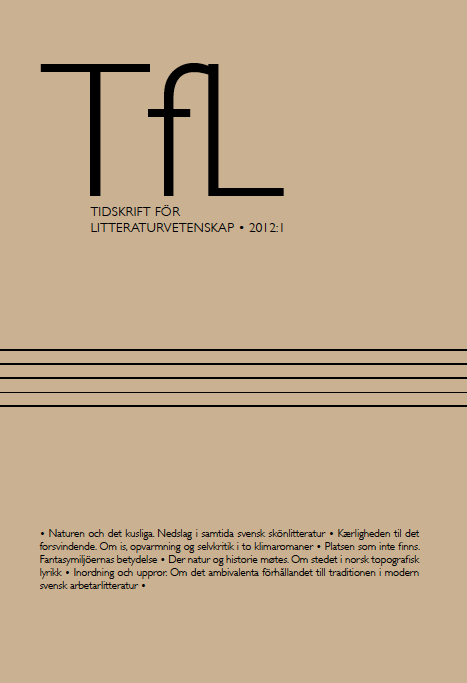Platsen som inte finns
Fantasymiljöernas betydelse
DOI:
https://doi.org/10.54797/tfl.v42i1.11719Nyckelord:
Fantasy, Settings, J.R.R. Tolkien, Charles de Lint, Robert HoldstockAbstract
A Non-Existent Place: The Importance of Fantasy Settings
In fantasy literature, the setting is as important to the story as are character and plot. This article demonstrates how topofocal (place-focused) perspectives yield valuable insights into various fantasy texts. The examples include discussions on how the nature/culture relationship is tied to the ideological centre in Charles de Lint’s Newford stories; how a careful examination of Sauron’s land in J.R.R. Tolkien’s The Lord of the Rings reveals how the text views the nature of evil; and how the structure of the land develops along with the stories in the Mythago Wood novels by Robert Holdstock. In a genre where there are no limits to the shape a setting can take, the central question must be: Why is it shaped the way it is?
Nedladdningar
Downloads
Publicerad
Referera så här
Nummer
Sektion
Licens
Författaren/författarna behåller copyright till verket






